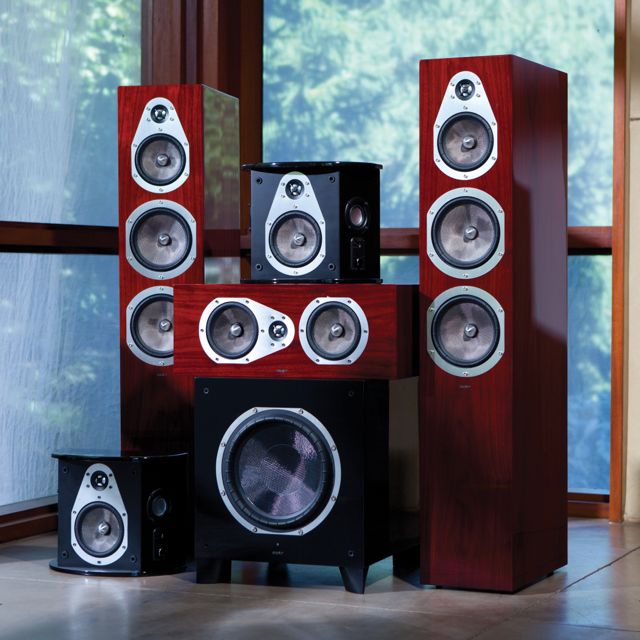 If you are new to home theatre, chances are you will have heard the term watts thrown around, and may even have a general understanding of what it means. How about its cousins: Ohms, Volts, and Amps? Even if you have been a HT junkie for years you may believe you have this all figured out. My experience has been that these are some of the most misunderstood, and misrepresented, terms in all of audio. Let’s try to cut through the noise and make sense of it all.
If you are new to home theatre, chances are you will have heard the term watts thrown around, and may even have a general understanding of what it means. How about its cousins: Ohms, Volts, and Amps? Even if you have been a HT junkie for years you may believe you have this all figured out. My experience has been that these are some of the most misunderstood, and misrepresented, terms in all of audio. Let’s try to cut through the noise and make sense of it all.
Understanding the relationship between Watts, Amps, Volts, and Ohms doesn’t need to incite a flashback to painful physics classes in high school. While there certainly are formulas that help us drill down into the science of audio, having a mental picture of the interrelated nature of these terms, while breaking down some myths, may give you a level of confidence you only wished you had back in high school.
No Formulas, Please! What Amps, Volts, Ohms and Watts mean to your Home Theatre
I am one of those guys that glazes over once complex math formulas are presented, and based on the intentional misinformation out there, so are many of you. While the ‘correct’ way to precisely understand these terms may be to break out your TI graphics calculator—shout out to anyone who grew up needing one of those monsters—in practice I don’t believe it’s necessary. If anyone is interested, the formulas are at the bottom of the post. For everyone else, stick with me and by the end of this piece you’ll have a much better understanding of how these terms impact your home theatre.
The Garden Hose Analogy
There is an analogy that has helped me visualize these terms and I want to share it here because it should be familiar to everyone: imagine a garden hose connected to a tap outside with a spray nozzle that has a handle to control the flow on the other end.
When the tap is opened just a bit, and the nozzle is squeezed open, there is minimal water flowing out. As we increase the flow from the tap, naturally, the water pressure in the hose increases and the water will exit the nozzle with more force and the water will shoot further.
Conversely, if the handle is opened only slightly, providing the greatest resistance, even if the tap is opened full and hose fully pressurized, the water flowing from the nozzle will be minimal. As you reduce the resistance and open the nozzle, more water flows.
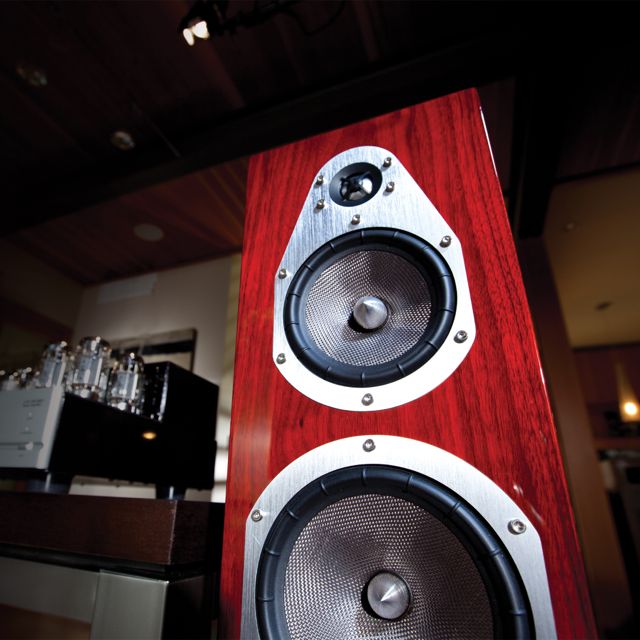 The equivalent in the realm of home audio is as follows: your home’s water source provides the voltage, the tap equates to the amplifier providing current, the nozzle represents the speaker circuitry providing resistance, and the hose acts as the speaker wire between them.
The equivalent in the realm of home audio is as follows: your home’s water source provides the voltage, the tap equates to the amplifier providing current, the nozzle represents the speaker circuitry providing resistance, and the hose acts as the speaker wire between them.
As we open our tap there should be instant water pressure flowing from the home (voltage), as we continue to open the tap we are increasing the volume of water (Amps) flowing to the nozzle. If we squeeze the nozzle so it is wide open, the water is going to exit with a certain amount of force (Watts). If we increase the resistance (Ohms) to the water flow by reducing our hand pressure on our nozzle, the water isn’t going to spray as far, and does not exit the nozzle with the same force.
To expand upon the analogy, and our understanding of the physics of audio, let’s look closer at each of our factors, beginning with Amps.
What’s an Amp?
If we consider our water analogy, the current, measured in amperes (amp for short, not to be confused with amp when referring to an amplifier), is related to the volume of water coming down the hose. In audio, the current flowing from your amplifiers integrated in your AV receiver travels through the speaker wire to the speakers. The amount of current your amplifier can generate will have an impact on the performance of your system, which is why some AV receivers are advertised as “High Current.”
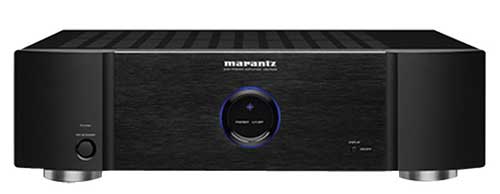
Home theatre systems that are built using separate components, pre-amps and power amps, will undoubtedly deliver much higher amperage to the speakers than what could be found in most AV receivers. To visualize this, using an extreme example, imagine replacing our garden hose with a fire hose in our analogy above. To pressurize the fire hose, we would need increased water pressure (voltage) allowing for increased water volume (current). The more voltage your amplifiers draw, the greater their capacity will be to deliver current. This is also why you can purchase some pretty thick speaker wire, like the fire hose, it allows for the increased volume of current to flow to your speakers.
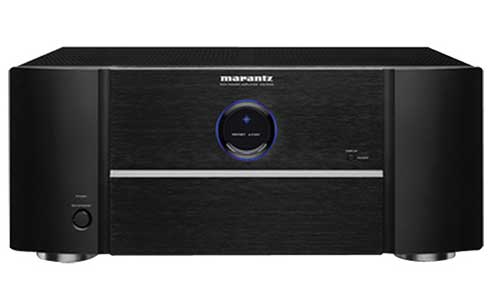
Many audiophiles would correctly suggest that current is a more important factor to sound quality than watts, a concept that can be difficult to wrap your head around given every piece of audio gear will advertise the Watts, but rarely mention the voltage or amps. To help make some sense of this, let’s take a closer look at another misunderstood term, Ohms.
Ohms Matter!
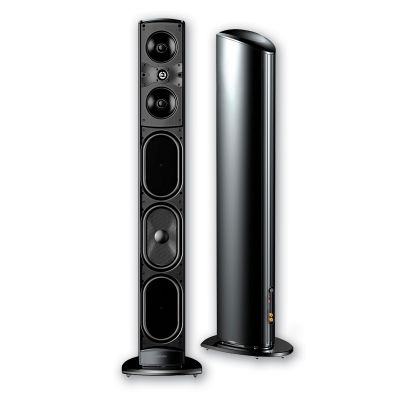
Ohms are not simply the inspiration for the chants of Tibetan monks. They are a measurement of impedance, or resistance, to current. Going back to our garden hose, the greater the resistance to the flow, less water gets through. Alternatively, when there is little or no resistance at the nozzle, more water volume passes through. All speakers have a measure of resistance to the flow of current, and this is represented as ohms.
Most consumer speakers are designed to operate at 8 ohms, however there are manufacturers that will drop that to 6, or 4 ohms, or increase it to as high as 16 ohms. Depending on how speakers are connected to their amplifiers, you can physically drop the Ohms with a few wiring tricks. This is not something we are going to explore given that doesn’t really have an application in home theatre.
One major difference between gardening equipment and stereo equipment is that stereo equipment has needs; our speakers in particular can be quite demanding. If you don’t run sufficient water through your garden hose, it will add time to your job, but it isn’t going to damage your nozzle, or your tap. This is not the case with your audio gear.
Ohms Are Always Changing
A speaker’s impedance changes constantly depending on the frequency of the audio signal, and in those moments your speaker’s impedance drops, it will be looking for more current to sustain its performance. If your amplifier cannot provide that current, it will induce distortion and eventually may damage the speakers or fry the amp, both of which are scenarios you don’t want to encounter. This is why “high current” receivers are desirable, although not as desirable as a separate processor and amp if your budget allows for it.
Everyone’s Friend: Watts!
To wrap this issue, let’s consider Watts and where they fit into the overall picture. Moving back to our garden hose, the Watts would be represented by energy created by the water flowing from the nozzle, a factor that is dependent on the voltage, current and resistance. Now that we have a better understanding of ohms, as the resistance is lowered in our nozzle by our squeezing the handle to open it up, assuming we have sufficient water pressure and volume in the hose, the water will spray further. The same rings true in the relationship with our amplifier and speakers.
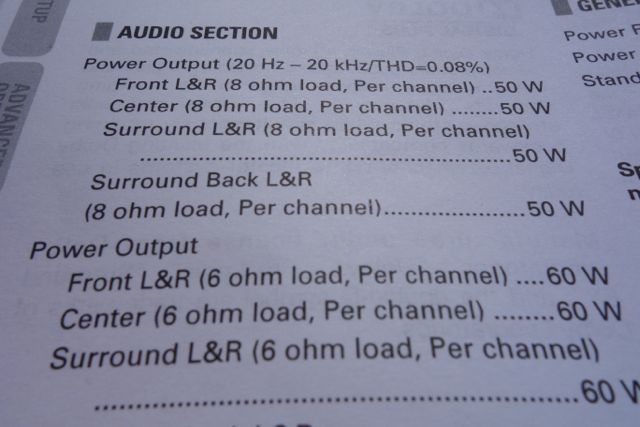 If you look at the spec sheet of your receivers, they will advertise the wattage as a product of the resistance, for example 50 watts per channel @ 8 Ohms. Just as with our garden hose, as the impedance drops, in order to sustain the 50 watts per channel, we know we will require more current. As the resistance is lowered, assuming your amplifier’s voltage remains relatively constant, (water pressure in the garden hose), your amplifier will be outputting more watts.
If you look at the spec sheet of your receivers, they will advertise the wattage as a product of the resistance, for example 50 watts per channel @ 8 Ohms. Just as with our garden hose, as the impedance drops, in order to sustain the 50 watts per channel, we know we will require more current. As the resistance is lowered, assuming your amplifier’s voltage remains relatively constant, (water pressure in the garden hose), your amplifier will be outputting more watts.
There seems to be a trend towards promoting the sum of all watts a receiver delivers as opposed to clearly advertising the watts per channel, resulting in some astronomical numbers. I can assure you there is no such thing as a 1000 watt home theatre receiver, the actual watts per channel will be a fraction of this total and you should be looking for this number when comparison shopping.
Research Pays Off
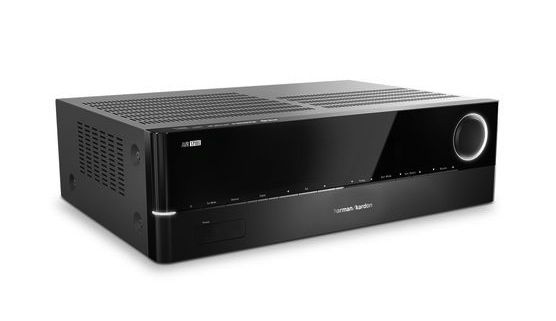
The strong majority of home theatre receivers will adequately drive most 8 Ohm speakers at modest levels for a sustained period of time. If you are looking to watch movies and have an audible experience similar to a modern movie theatre, or emulate a rock concert in your living room, you are going to want to dig into the details of your gear to ensure you are setting yourself up for success. Unfortunately, most receivers will not advertise their voltage, or amps, and require the consumer to do some math, or some investigative work.
A key indicator of an amplifier or receivers ability to produce enough current to drive low impedance loads is they will not just advertise the power rating at 8 Ohms. They will expand upon it and give you the power rating at 6 and perhaps even 4 Ohms. These units will generally cost more, but they will ensure your speakers are going to have the juice necessary to take flight when you need them to. The other key factor to consider is the amplifier’s ability to deliver more watts than the RMS rating of your speaker.
Continuous Average Watts and Peak Watts
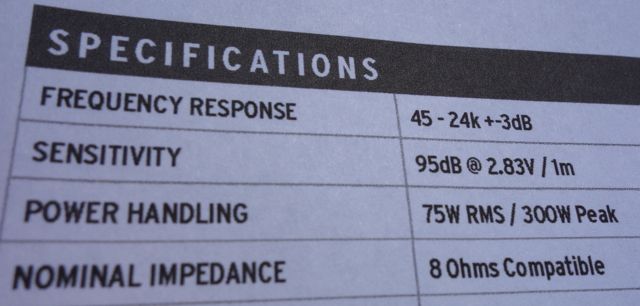 Speakers will also have wattage ratings, and it is important to understand what they mean as there are two very different numbers you’ll see on your spec sheets. One number is the continuous average wattage that the speaker can operate at comfortably, also noted as the RMS wattage. Then there is the peak wattage, which is often a number much higher than the RMS, representing the absolute maximum burst of power the speaker can handle without damaging the coils. Attempting to drive a speaker towards its upper limit for even a short period of time is flirting with disaster and not recommended. It will sound terrible, and ultimately be an expensive and short lived experiment.
Speakers will also have wattage ratings, and it is important to understand what they mean as there are two very different numbers you’ll see on your spec sheets. One number is the continuous average wattage that the speaker can operate at comfortably, also noted as the RMS wattage. Then there is the peak wattage, which is often a number much higher than the RMS, representing the absolute maximum burst of power the speaker can handle without damaging the coils. Attempting to drive a speaker towards its upper limit for even a short period of time is flirting with disaster and not recommended. It will sound terrible, and ultimately be an expensive and short lived experiment.
A 300 Watt Speaker is Loud!! Right?
Marketing departments love advertising their speaker’s peak wattage and appealing to the uneducated to drool over. I can virtually guarantee that the speaker noted in the specs above was advertised as a 300 watt speaker. Reality is, it’s just not true. A widely held misconception that exists in audio marketing is that watts equal volume. It’s a myth that both manufacturers and retailers alike love to exploit, and one that I will deconstruct in a future post.
As you are building your home theatre, start with finding speakers that you love listening to, then use the knowledge gained here to ensure you have a receiver or amplifier that will make those speakers come alive by having sufficient power to keep them happy. Best Buy has a wide array of products that will fit most any budget and allow you to create a listening environment sure to please even the most discerning audiophile.
Yeah, But …
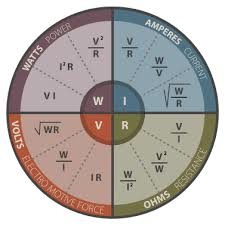 Given that I have attempted to explain some rather complex ideas without the use of any of the complex formulas that govern the flow of electricity, I would like to offer a bit of a disclaimer. This is, at best, the Coles Notes version of understanding the relationship between your speakers and amp. While I tried to convey this message without the use of math, something that wouldn’t surprise my high school physics teacher, it is not intended to be a complete explanation of the complexities of audio. If you would like to dive into the math, here is your wheel of fun, find any two values and knock yourself out.
Given that I have attempted to explain some rather complex ideas without the use of any of the complex formulas that govern the flow of electricity, I would like to offer a bit of a disclaimer. This is, at best, the Coles Notes version of understanding the relationship between your speakers and amp. While I tried to convey this message without the use of math, something that wouldn’t surprise my high school physics teacher, it is not intended to be a complete explanation of the complexities of audio. If you would like to dive into the math, here is your wheel of fun, find any two values and knock yourself out.

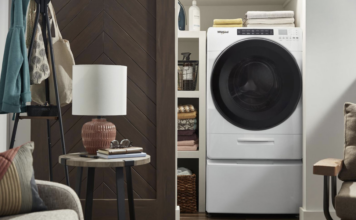
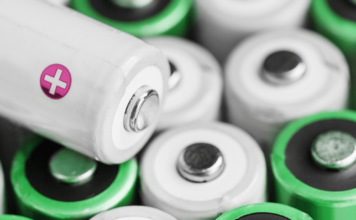
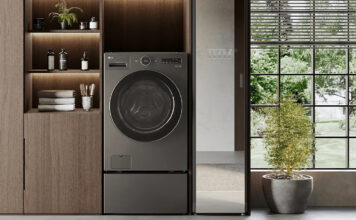












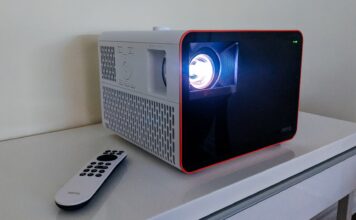
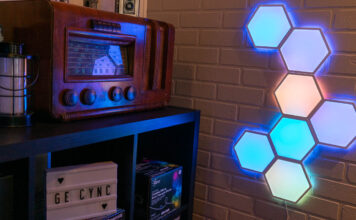






















Great explanantion, even for a ” Coles Notes” version.
I agree wholeheartedly, understanding specifications,let alone how they are derived is more important than the numbers posted on a sheet of paper. Most all specifications provided are usually somewhat ambigous due to missing points of referance.
In my experience I have noted that the moment I start to compare specifications, and talk about distortion figures etc.., the mission of purchasing quality sound is lost to numbers, not your ears.
Many people can’t understand that a speaker with an efficiency rating of 3dB difference from another will be akin to a doubling of power from the amplifier, however at the same time, this more “efficient ‘ speaker may tend to sound very aggressive and harsh in comparison to it’s couterpart.
I recall many situations with clients, who shopped on merit of “reviews and specifications” for matching their equipment. Invariably these clients kept changing their system, because they simply were looking for something better, whether in sound quality or specifications, these clients are never going to be happy or content with what they have, because they didn’t match more important tonal characteristics of each brand in their system.
Even the most knowledgeable audiophile will not bother with specifications as much as the resulting sound quality of the entire system.
It’s for these reasons that I felt I needed to post a glossary of audio terms, to help people understand the terminology in this industry.
Comments are closed.